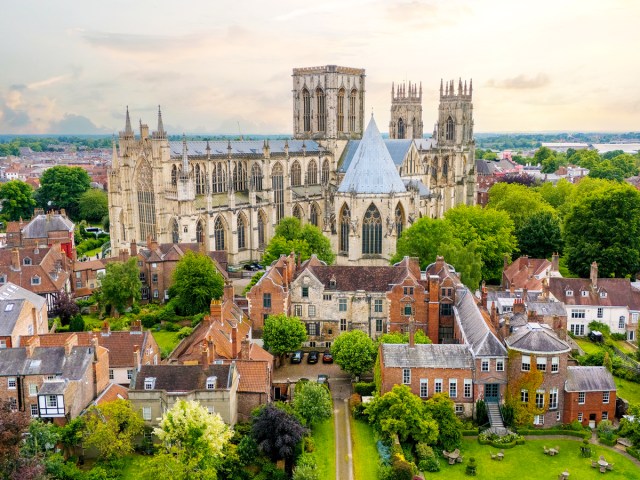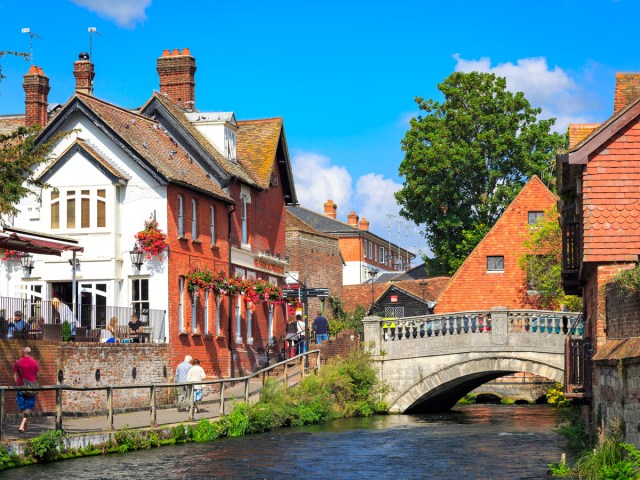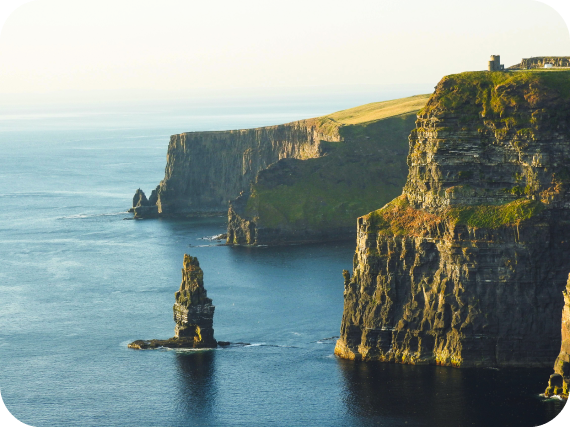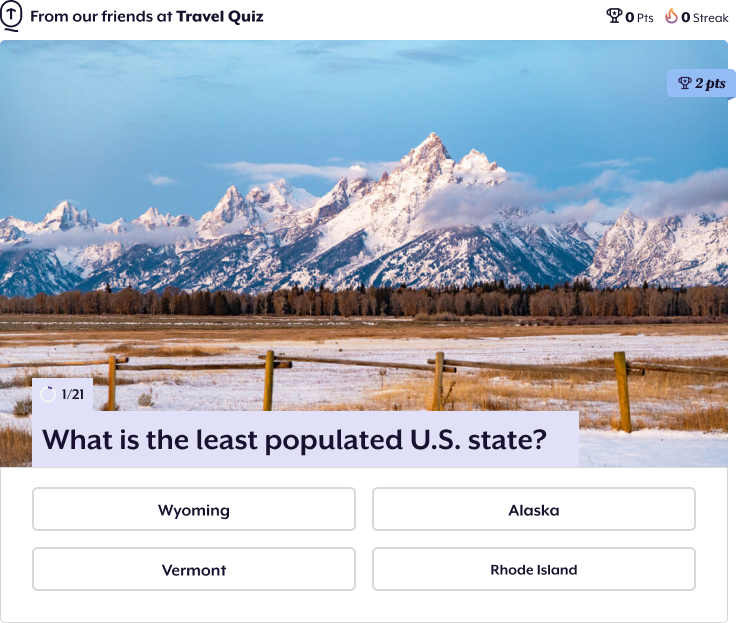Sure, you probably already know what New Mexico is named for, but what about the other three U.S. states whose names include the word “new”? To find out, you’ll have to look back to the 17th century, a period in which the states were chartered as new English colonies named for “old” locations back in Europe. Discover the namesake Jersey, York, and Hampshire for which these three U.S. states are named.
The Bailiwick of Jersey

The Bailiwick of Jersey — “bailiwick” meaning “special domain” — is one of the Channel Islands in the English Channel, a narrow body of water separating the United Kingdom and France. The island is located just 12 miles from France’s Cotentin Peninsula, though it doesn’t fall under French jurisdiction. Instead, Jersey is a British Crown Dependency, meaning that the island is a self-governing territory for local matters, but relies on the United Kingdom for broader affairs such as defense and international relations.
Jersey fell under British control in the wake of the Norman Conquest of 1066, during which William the Conqueror became king of England. At the time, William’s domain included parts of France such as Normandy and Jersey, which then became part of England.
After the French reclaimed Normandy in 1204, Jersey was given the choice to either remain part of England or rejoin France. The island selected the former option in exchange for the ability to raise its own independent taxes. In time, the tiny 45-square-mile territory became a tax haven for the English, though its culture is arguably more closely aligned with that of the French mainland.
While the island of Jersey is quite small, it’s packed with plenty of attractions worth seeing. Perhaps the pièce de résistance is Mont Orgueil Castle, an oceanside medieval fortress with views as far as the French mainland. Visiting the Jersey War Tunnels is also a fascinating and moving experience, with exhibits that tell the story of Jersey’s occupation during World War II.
The state of New Jersey was named for the island of Jersey. In 1664, King Charles II granted Sir George Carteret proprietary rights to establish a new colony in the Americas. Carteret chose this name in honor of the island on which he was born. In 1674, the colony was briefly divided into an East Jersey and West Jersey, though that political division lasted for less than three decades. In 1702, the separate colonies reunited as one New Jersey, which later became an official U.S. state in 1787.
The City of York

The original York is located in northeast England, roughly halfway between Leeds and the North Sea. The origins of this metropolitan region date back to the time of the ancient Romans, who founded the city in 71 CE as Eboracum, translating as “the place where the yew trees grow.”
Remnants of those early Roman artifacts are still visible in York, including stretches of a fortress wall and remains from an old Roman bathhouse. However, the Romans abandoned York around 410 CE, leading to an extended period of decay.
Anglo-Saxon invaders later conquered the area and renamed it Eoforwick, an Old English term roughly meaning “wild boar settlement.” King Halfden and Viking invaders invaded the city in 866 CE and developed it as a farming community. The Vikings named it Jorvik, an Old Norse word similarly defined as “wild board creek.” The English name York was derived from this name after the Vikings were driven out in the mid-10th century.
Today, no visit to York is complete without witnessing the York Minster cathedral, a magnificent structure with the largest collection of medieval-era stained glass in the United Kingdom. The city is also home to the JORVIK Viking Centre history museum, which educates attendees about the Viking history of the city and includes a tram ride through a replica Viking village.
As for New York state, it wasn’t always named after the English city. Portions of the state as we know it today were originally part of a Dutch colony called New Netherland. In 1664, a British royal fleet arrived in the port of New Amsterdam (known today as Manhattan) to claim the colony for the British crown.
This successful effort was organized by James, Duke of York, who later became King James II, and the new English colony was renamed New York in his honor. While the Dutch briefly recaptured New York City in 1673 and renamed it New Orange, the English retook the colony the following year. It later became a U.S. state in 1788.
The County of Hampshire

Hampshire, a county in south-central England, contains several fascinating historic sites, from the medieval-era Winchester Cathedral to the house where author Jane Austen spent the end of her life. But the county’s history dates back long before then, to the Neolithic era of around 10,000 years ago. The Romans took control of the region after their invasion in 43 CE, and the Anglo-Saxons came to rule over Hampshire sometime in the seventh century.
It was during Anglo-Saxon rule that the modern county of Hampshire was given the Old English name Hamtunscir, derived from the nearby Saxon settlement of Hamtun (or Southampton, as it’s known today). Ham and tun were both common Old English words for settlements, while the word scir translated to “care,” implying that the larger region cared for and governed the smaller Hamtun settlement.
After the Normans took control in 1066, they changed the name to Hauntunescire, which later evolved into Hantescire. Oxford English Dictionary notes that the name of the city became Hantshire by 1661, before the current Hampshire took its place by the 18th century.
Western Hampshire is a mere 10-minute drive from the fascinating site of Stonehenge — an expansive rock formation with a mysterious history (though it’s not technically located in the county itself). Within the county, you’ll find major cities such as Portsmouth, Winchester, and Southampton, the latter of which was the departure point for the Titanic on its ill-fated journey. You can learn more at the SeaCity Museum, which opened in 2012 to mark the ship’s centenary.
The name Hampshire made its way to the future United States in the early 17th century. In 1623, English Captain John Mason was granted the authority to travel over to the Americas and establish a new fishing colony. He settled a small tract of waterside land that he named Pannaway, an Indigenous Abenaki word roughly translating to “little harbor.” This later became the city of Rye, New Hampshire.
Six years later, a new province was established in the region. It was formally named the Province of New Hampshire, which Mason chose to honor his home county back in England.
More from our network
Daily Passport is part of Inbox Studio, which publishes content that uplifts, informs, and inspires.
























